Chapter 10 Integration of Advanced Technologies: EDI & API
Understand how EDI and API integration can streamline your dropshipping operations. Learn how real-time data syncing ensures smooth supplier communication and order processing.

Introduction to EDI and API in Dropshipping
EDI streamlines business processes by automating document exchange electronically. In dropshipping, it simplifies communication between retailers and suppliers, reducing errors and speeding up order processing.
APIs enable real-time communication and data sharing between systems. In dropshipping, they facilitate instant updates on product availability, pricing, and shipping statuses, ensuring accurate inventory management and smooth operations. For example, Flxpoint API connects with suppliers and platforms to provide real-time data sync, preventing overselling and stockouts.
How EDI and API Enhance Dropshipping Operations
Both EDI and API play important parts in automating dropshipping operations but each has its strengths depending on the specific needs of the business.
EDI for Dropshipping – Streamlined Communication
EDI is like a digital assistant that helps stores and suppliers communicate without paperwork. Instead of manually sending and receiving documents like orders and invoices, EDI uses computers to automatically exchange information. This makes things faster and more accurate, reducing mistakes and saving time. For dropshipping businesses, EDI is especially helpful. It streamlines the order process, making it easier to manage many orders from different suppliers. This leads to better relationships with suppliers, fewer mistakes in orders, and quicker deliveries, making it easier to run a successful dropshipping business.
API for Real-Time Inventory Management
API (Application Programming Interface) is crucial for real-time inventory management in dropshipping. Unlike EDI, which primarily focuses on document exchanges, API allows direct communication between systems in real-time. This means that inventory levels, product availability, and order statuses are updated instantly across platforms. With an API for dropshipping, businesses can automatically sync their inventory data with suppliers, ensuring that customers are always seeing accurate stock levels. By minimizing manual updates, API reduces the risk of overselling or stockouts, improving customer satisfaction. Tools like Flxpoint API enable dropshippers to easily connect with multiple suppliers, giving them the ability to manage inventory, orders, and fulfillment processes all from a single platform. Real-time data sync through APIs provides the agility needed to operate in a competitive market, ensuring businesses stay responsive to changes in supply and demand.
Key Differences Between EDI and API
Communication Type:
- EDI focuses on exchanging documents between systems in bulk.
- API provides real-time data transfer for continuous updates.
Use Cases:
- EDI integration is ideal for automating repetitive tasks like invoicing and shipping notifications.
- API for dropshipping is best for real-time inventory management and order status updates.
Speed:
- EDI transactions can take time due to batch processing.
- API operates instantly, offering real-time updates.
When to Use Each:
- Use EDI when dealing with large suppliers and traditional fulfillment processes.
- Use API when you need real-time data syncing, especially for multi-supplier and high-volume dropshipping.
The Role of Flxpoint in EDI & API Integration
Flxpoint streamlines supplier connection for dropshipping by integrating both EDI and API technologies. This powerful platform enables seamless communication between your
Flxpoint’s EDI Integration for Supplier Connections
Flxpoint’s EDI integration allows dropshipping businesses to connect with multiple suppliers quickly and efficiently. EDI (Electronic Data Interchange) helps automate the exchange of important business documents like purchase orders, invoices, and shipping updates. By implementing EDI integration, Flxpoint eliminates the need for manual data entry, reducing errors and saving valuable time.
Through this EDI integration, you can streamline your order management system by connecting with verified suppliers. This means that your business can place orders, track shipments, and receive updates automatically, allowing for faster, more efficient workflows. Ultimately, this level of automation helps improve the overall customer experience by ensuring smooth and timely fulfillment.
Flxpoint’s API Integration for Real-Time Data Syncing
Flxpoint’s API integration is equally essential for dropshipping businesses that need real-time synchronization of product data and inventory. With the API for dropshipping, businesses can sync inventory levels, product details, and shipping information across multiple sales channels. This real-time data syncing helps prevent overselling and stockouts, as the system automatically updates product availability based on live data from suppliers.
Using Flxpoint API, businesses can eliminate delays in updating their storefronts, ensuring that accurate product information is always displayed to customers. This feature is particularly valuable for multi-channel dropshipping, where inventory management can become complex across different platforms. By leveraging Flxpoint’s API, businesses can maintain consistent product listings, prevent order errors, and optimize their fulfillment process across all channels.
Flxpoint as a Hub for Multi-Supplier Management
Flxpoint makes it easy to manage many different suppliers in one place. It connects to suppliers using both EDI and API, so you can handle everything from a single dashboard. This helps you automate tasks like sending orders, updating inventory, and fulfilling orders, whether you’re working with wholesale or dropshipping suppliers.
By using Flxpoint, you can manage different ways of fulfilling orders more efficiently. This simplifies your supply chain, reduces manual work, and makes your operations more efficient.
Importance of Real-Time Data Syncing for Dropshipping
Real time data syncing ensures that errors related to product availability are minimized. When you have solutions like Flxpoint API then your business integrates seamlessly and the inventory is updated across multiple suppliers. This also ensures better operational efficiency and customer satisfaction.
Accurate Product Availability
Real-time data syncing is vital in ensuring that your inventory levels are always up-to-date. For dropshipping businesses, maintaining accurate product availability is essential to avoid overselling. With API for dropshipping or EDI integration, product stock data from suppliers is constantly updated in your store. This allows you to know exactly how much stock is available before a customer places an order.
Accurate inventory visibility helps you meet customer expectations by offering only what you can deliver, preventing disappointment caused by canceled orders due to out-of-stock products. Flxpoint API can automatically sync this information in real time, ensuring that your store reflects the latest stock levels from multiple suppliers. By keeping inventory data accurate, you can improve customer satisfaction and build a strong reputation for reliability.
Minimizing Costly Errors and Stockouts
- Prevents stockouts – Real-time data updates help you avoid selling products that are no longer available from suppliers, reducing stockout issues.
- Prevents backorders – By having updated data, you can prevent backorders that often lead to delays and frustrated customers.
- Reduces manual errors – Timely syncing through supplier integration minimizes the risk of human error in inventory management.
- Protects revenue – Avoiding stockouts and backorders ensures smoother operations, helping you protect your revenue and reputation.
- Strengthens trust – By always delivering accurate product information, you maintain customer trust, leading to repeat business and positive reviews.
Benefits of Integrating EDI and API in Dropshipping
Faster Order Processing and Fulfillment
Combining EDI integration and API for dropshipping significantly speeds up order processing. EDI automates the exchange of order documents, like invoices and purchase orders, between systems, eliminating manual handling. API enables real-time data sync for inventory and order statuses. Together, they streamline fulfillment by processing orders faster, reducing delays, and ensuring products move through the system quickly. Businesses can fulfill orders more efficiently, leading to faster delivery times.
Improved Supplier Relationships
Integrating suppliers via EDI and API enhances communication, ensuring that both parties have instant access to accurate data. Suppliers receive orders directly into their systems, minimizing the need for emails or phone calls. This smooth communication builds stronger partnerships as it reduces errors and increases trust. Using tools like the Flxpoint API for supplier integration, businesses can also track orders and stock levels in real time, strengthening supplier collaboration.
Higher Operational Efficiency
EDI integration and API reduce the need for manual data entry, which minimizes human error. Automating these tasks saves time and resources while ensuring data accuracy across systems. This increased efficiency means fewer costly mistakes, such as stockouts or over-orders. With systems like Flxpoint handling real-time data sync, businesses can optimize operations and manage multi-supplier relationships more effectively, ultimately boosting overall productivity.
Key Considerations When Implementing EDI and API in Dropshipping
What are the Technical Requirements?
- Understanding Data Formats – EDI and API both use structured data formats. For EDI, this includes standardized documents like purchase orders (POs) and invoices. For API, data is exchanged in formats like JSON or XML. Ensure your system supports these formats for smooth communication with suppliers.
- System Compatibility – Your dropshipping platform must be compatible with EDI integration and API for dropshipping. Verify if your current system can handle real-time data exchanges or if upgrades are needed to support these technologies.
- Network and Security – For supplier integration, secure connections are essential. Both EDI and API should operate over encrypted channels to protect sensitive business data. Implement firewalls and security protocols to ensure safety.
- Real-Time Data Syncing – One of the key benefits of Flxpoint API and EDI is real-time data sync. Make sure your infrastructure can handle real-time data transmission to avoid delays in stock updates and order processing.
Selecting the Right Integration Tools
- Flxpoint for EDI and API – Tools like Flxpoint simplify EDI integration and API management by providing pre-built connectors for multiple suppliers. This allows seamless supplier integration without needing custom code.
- Scalability – When selecting an integration tool, ensure it can scale with your business. Whether you work with five suppliers or fifty, the platform should accommodate growth without significant performance issues.
- Ease of Use – Choose integration tools that are user-friendly. They should allow your team to manage and monitor integrations without requiring extensive technical expertise.
- Customization Options – Look for tools that offer flexibility, allowing you to customize workflows and map data fields between your system and supplier systems. Flxpoint API is ideal for this as it provides adaptable integration options for various business needs.
- Vendor Support – Choose tools with reliable customer support to troubleshoot issues quickly. A responsive vendor can ensure minimal disruption to your operations.
Conclusion
EDI integration and API for dropshipping are essential tools for automating complex processes. They ensure real-time data sync, streamline order processing, and reduce manual work. By connecting with multiple suppliers, these technologies improve data accuracy and minimize errors, leading to a more efficient and reliable business operation.
Flxpoint is a robust platform that simplifies both EDI integration and API management, allowing businesses to connect with reliable suppliers and maintain real-time data sync effortlessly. By leveraging Flxpoint’s API, businesses can automate supplier integration, monitor inventory, and streamline order fulfillment. Using these advanced tools, dropshipping businesses can optimize performance and scale operations more effectively.
Flxpoint ensures seamless multi-supplier management, enhancing flexibility and efficiency. Consider Flxpoint as the go-to solution for automating and optimizing your dropshipping operations.
Guide Chapters
- Chapter 1: Introduction to Modern Dropshipping
- Chapter 2: Forming Your Dropship Business
- Chapter 3: What to Sell Online - How to Find the Right Products
- Chapter 4: Product Sourcing and Supplier Integration
- Chapter 5: Inventory Management for Dropshipping
- Chapter 6: Dropship Pricing Strategies
- Chapter 7: Fulfillment and Automation for Scaling
- Chapter 8: Hybrid Dropshipping - Combining Wholesale & Dropshipping
- Chapter 9: Avoiding Dropshipping Scams
- Chapter 10: Integration of Advanced Technologies - EDI & API
- Chapter 11: Leveraging Data for Better Decision Making
- Chapter 12: Automating Your Workflow for Maximum Efficiency
- Chapter 13: Managing Multi-Channel Sales and Integration
- Chapter 14: Expanding and Scaling Your Dropshipping Business
- Chapter 15: Troubleshooting Dropshipping Challenges with Advanced Tools
- Chapter 16: The Future of Dropshipping with Technology
All Chapters in This Guide
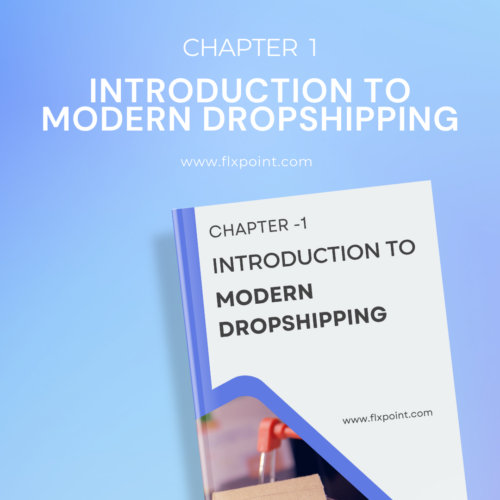
Unpack the evolution of dropshipping and why it’s still one of the most effective ecommerce models. Learn how the modern approach is different from outdated methods, what’s fueling its explosive growth, and what it takes to succeed in today’s competitive market.
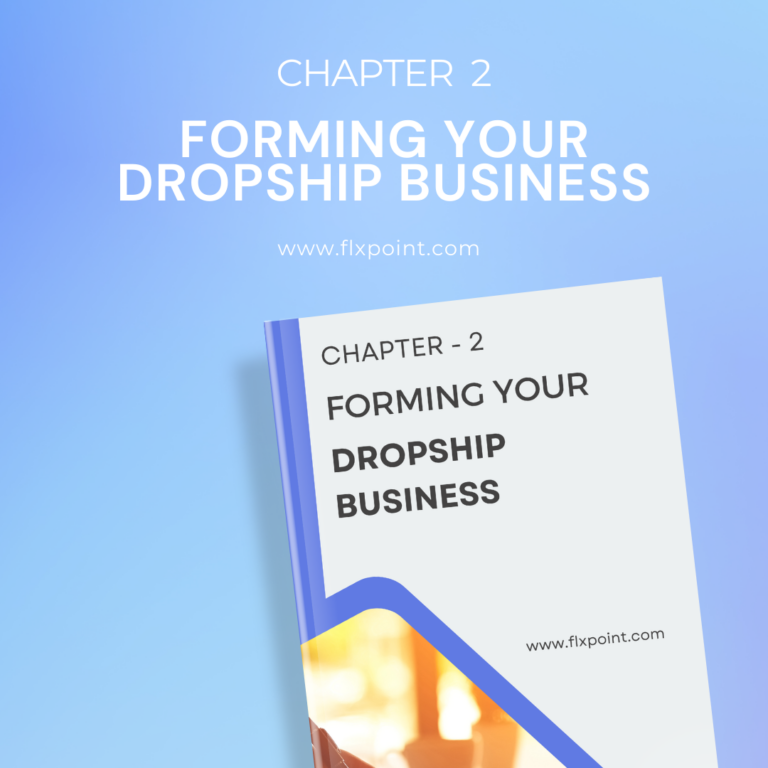
Get step-by-step guidance on building a strong foundation. From choosing your niche and validating your business idea to setting up your brand and making it legit—this chapter gives you the tools to confidently launch with clarity and purpose.
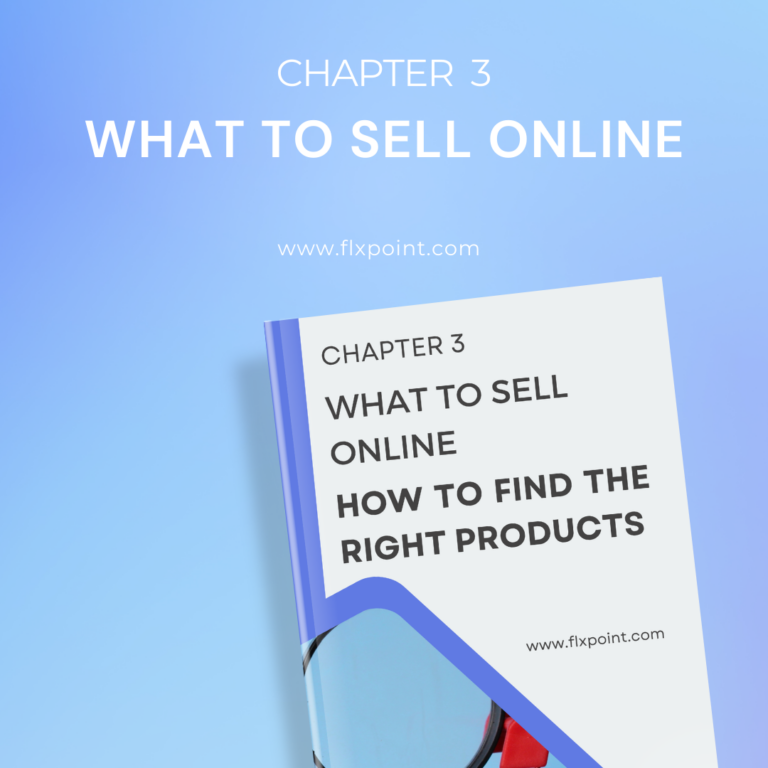
Struggling with product selection? Discover how to find winning products that sell. We cover techniques for identifying trends, analyzing competition, using supplier insights, and narrowing down product ideas that fit your niche and audience.
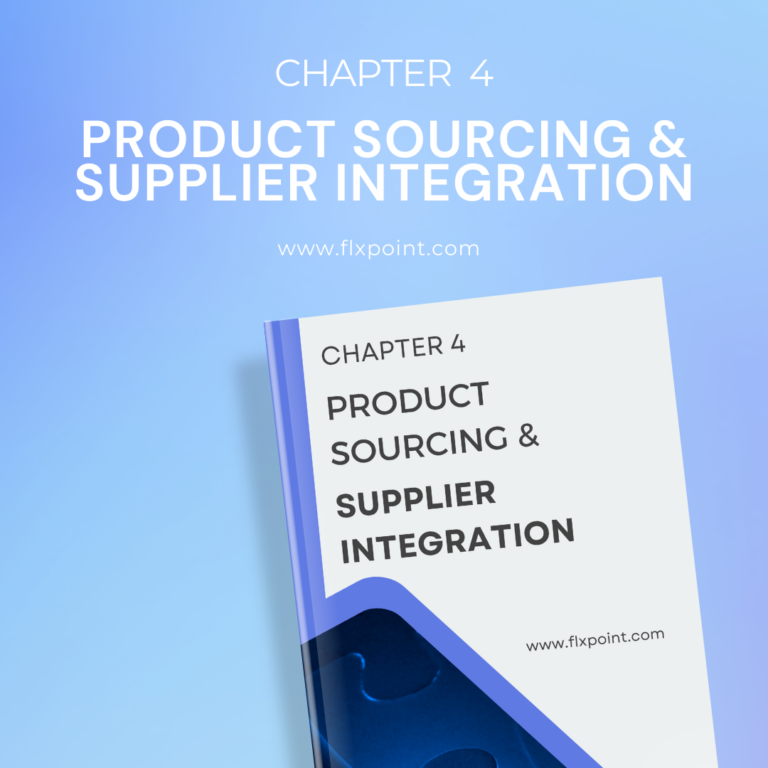
Not all suppliers are created equal. This chapter shows you how to source high-quality products and onboard suppliers the smart way. Learn how to vet vendors, avoid bad partnerships, and set up seamless integrations that keep your fulfillment running like clockwork.

Say goodbye to stockouts and overselling. Learn how to keep your inventory accurate and your customers happy with real-time updates, smart syncing, and automated stock management across all your channels and vendors.
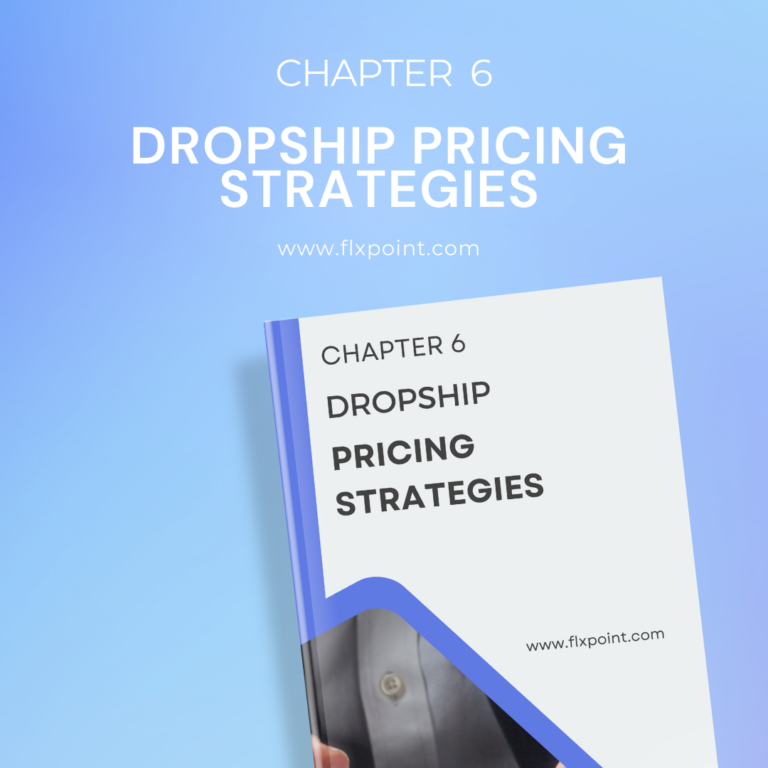
Pricing isn’t just numbers—it’s strategy. Dive into methods like cost-plus, value-based, and psychological pricing to find the sweet spot between profitability and competitiveness. You'll also learn how to handle MAP policies and dynamic pricing changes.

Manual processes holding you back? Discover how to automate your order routing, fulfillment, and vendor communication. Whether you’re dropshipping from a single source or juggling multiple suppliers, we’ll show you how to build a fulfillment engine that scales effortlessly.
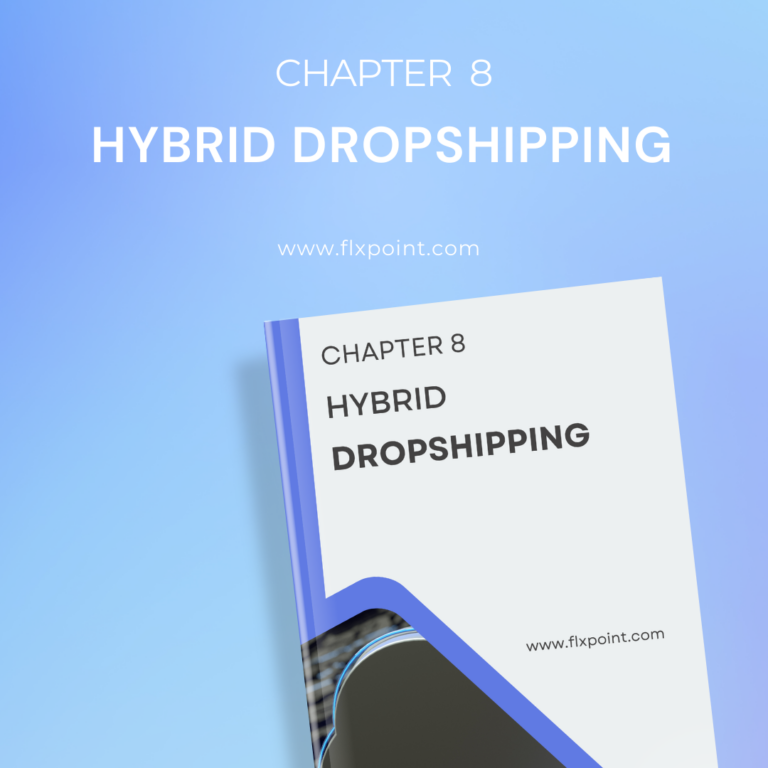
The best of both worlds. Learn how to blend dropshipping with traditional wholesale to create a hybrid fulfillment model. Diversify your supply chain, increase margins, and reduce risk—all while maintaining flexibility and speed.
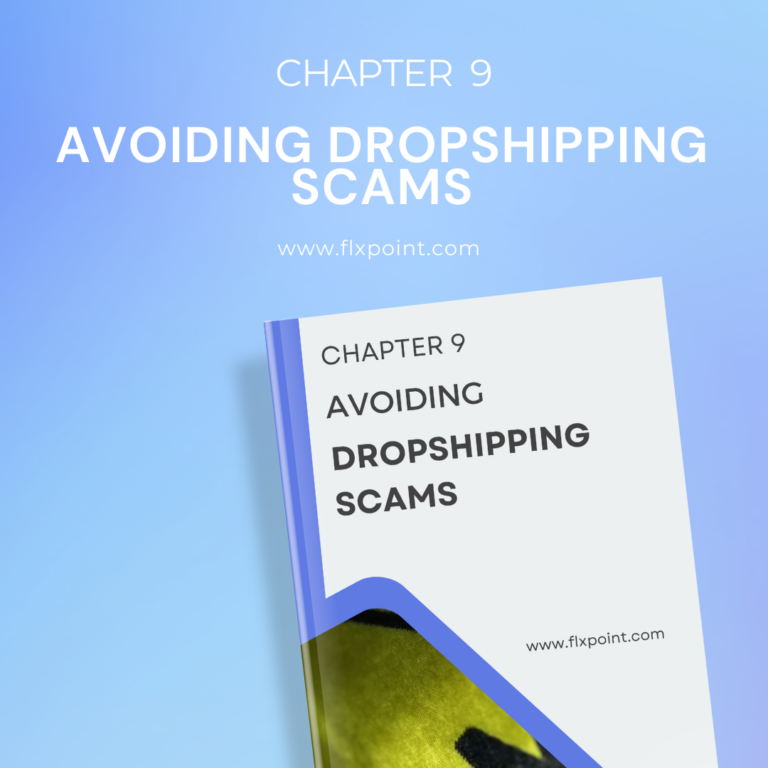
Protect your business (and your sanity). This chapter highlights red flags to watch for when sourcing suppliers, how to avoid fake vendors, and what to do if something seems off. Learn to build a trustworthy and secure supply chain from day one.

Tech made simple. Understand how using EDI and API integrations can automate communication with suppliers, speed up order processing, and reduce costly errors. Whether you're tech-savvy or not, this chapter makes complex systems feel doable.

Smart businesses run on data. Learn how to track key ecommerce metrics, monitor supplier performance, and analyze product performance to make confident, data-driven decisions that boost sales and efficiency.
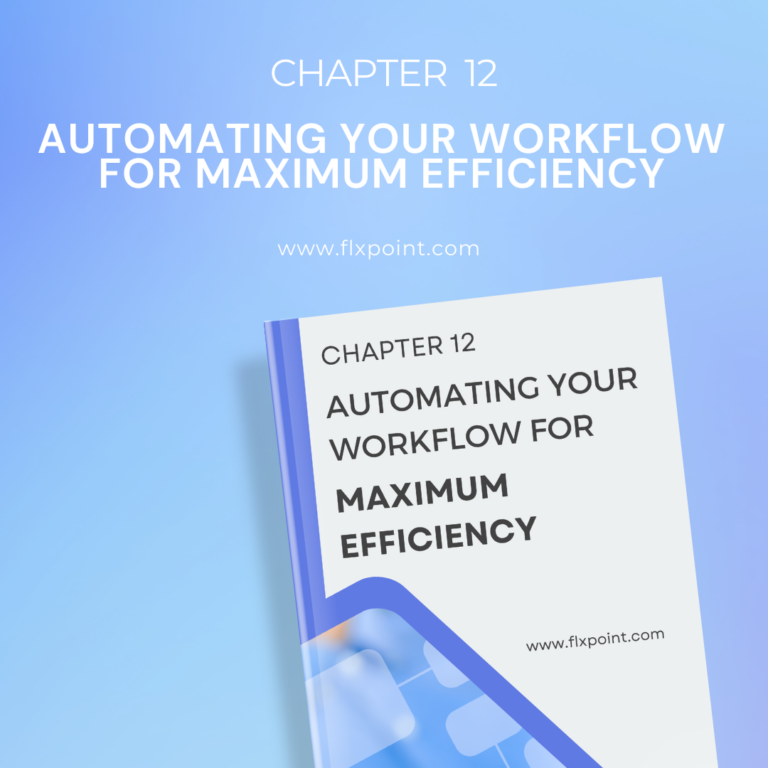
Unlock time-saving workflows that work while you sleep. This chapter breaks down how to automate inventory syncing, order routing, vendor communication, and customer updates to run your business like a well-oiled machine.
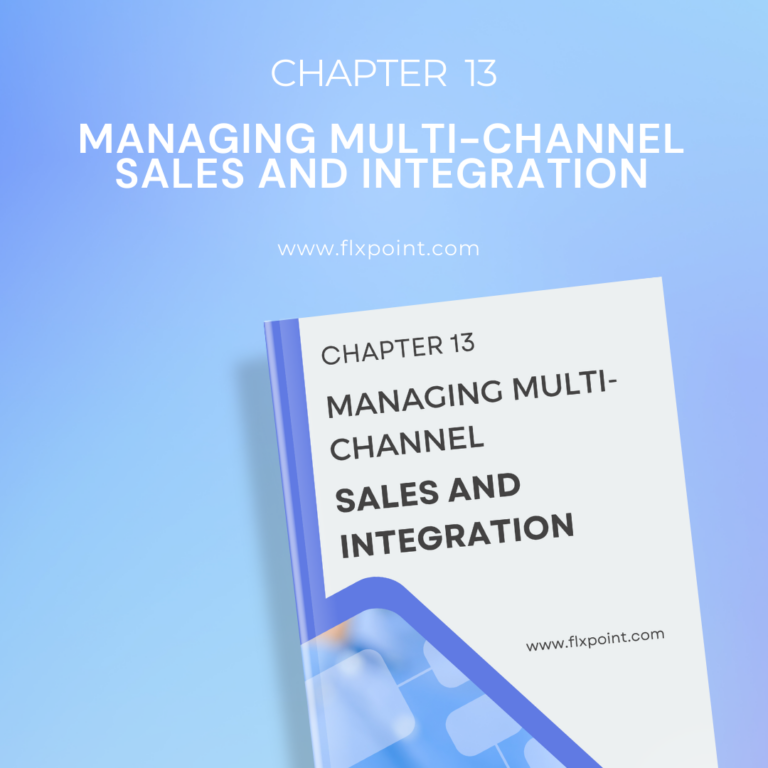
Ready to expand beyond one platform? Learn how to integrate and manage listings, inventory, and orders across multiple sales channels—like Shopify, BigCommerce, Amazon, Walmart, and more—without doubling your workload or making costly mistakes.

When it’s time to grow, this chapter shows you how. From onboarding new suppliers and expanding product lines to optimizing your tech stack and improving operations, get a roadmap for scaling sustainably and profitably.
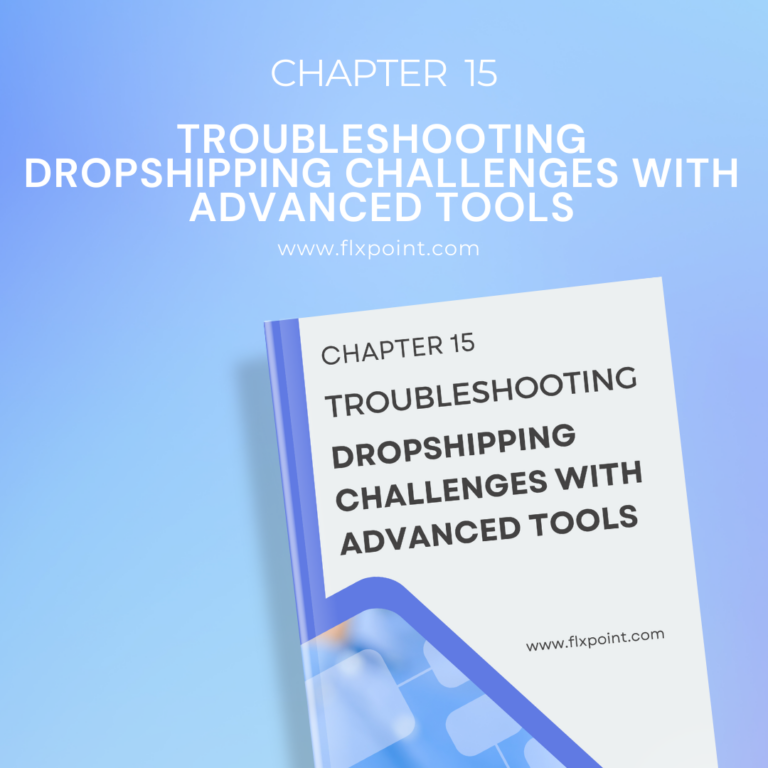
Every business runs into roadblocks—what matters is how you respond. Learn how to tackle issues like supplier delays, low inventory, and customer service hiccups using smart tools, real-time alerts, and proactive troubleshooting strategies.

What’s next for dropshipping? Explore emerging trends like AI-powered automation, predictive inventory, autonomous fulfillment, and more. Stay ahead of the curve and future-proof your business with the latest innovations.
Kenneth Cole's Smart Savings With Shopify EDI Connections
"They had never used Flxpoint before. But working with [the Flxpoint] team, they learned it and we're about to onboard our newest footwear partner, and you know that's big business for us.”
Mitul PatelKenneth Cole


How Flxpoint Helped Rifle Supply Automate & Grow
“I went line by line… whatever the inventory number was and cost value was, I calculated it and was blown away by how much that was worth— $300 million worth of product that I added to our web store.”
Chris MekdaraRifle Supply


The Ecommerce Automation Behind Screen Skinz
"Automation is the key to maximizing your volume. [Flxpoint] comes right into our flow — everything's automated. We want it to be quick and efficient. So that's what we love about Flxpoint."
Shaun Brown & Clay CanningScreenSkinz


How Inhaven Transformed Vendor Management with Flxpoint
"We ended up switching to Flxpoint, and it has been a much smoother process. Where it took us six months to get onboarded with the other company, we were up and running in a week or two with Flxpoint."
Ashley ChingInhaven


How Black Patch Performance Scaled Smarter with Flxpoint
"The only way to actually scale was to go through Flxpoint… You can’t even come close to hiring someone to do what Flxpoint does for the price."
Jonathan WilliamsBlack Patch Performance


